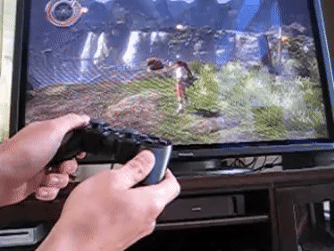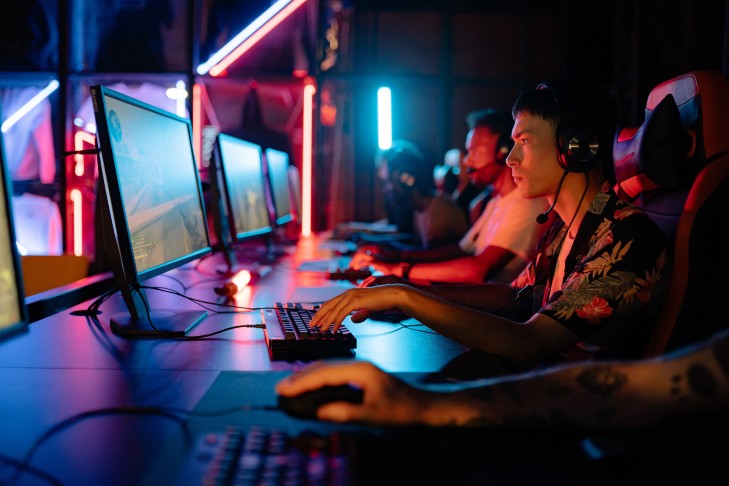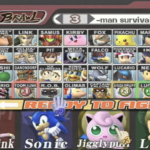The bane of any game that requires precise and split-second decisions: input lag.
Input lag has been an annoyance for video game players since the dawn of time, particularly in the world of competitive gaming. As speedrunners and multiplayer competitors continue to push their craft to the brink, the tolerance for input lag is less than it’s ever been.
What is input lag? What causes it? What could possibly rectify it? We’ve got the answers here.
What Is Input Lag?
Input lag is the amount of time it takes for an input on a controller or keyboard to manifest in the game. Input lag in video games is often measured in milliseconds; anything north of 200 milliseconds is noticeable input lag for the average player.

Input lag can be caused by a variety of factors, from the consoles or PC units themselves, to display monitors being used, to online play. It’s even been thought that different controllers (such as wired versus wireless) can see differences in input lag, although definitely less than other hardware issues.
Types And Causes Of Input Lag
Console + PC
When an input is made on a controller, the console or PC have to calculate what the next frame will be based on that input before it can be displayed. How quickly and efficiently it can do this is dependent on the strength of the console or PC; if the CPU or GPU are being overworked, this can cause frames to drop outright.
Additionally, a monitor that can match the frames-per-second (FPS) output is needed to ensure the console or CPU’s processing is outputted correctly. The input lag on a properly functioning console or PC with an adequate monitor is basically negligible.
Display Monitor Lag

This is the type of lag that most people will be referring to when talking about input lag. Since it takes time to process the game’s inputs, update the visuals and display them as intended, this can create a degree of input lag. Finding a proper monitor to pair with whatever console or PC you’re using is paramount to ensuring you have as little input lag as possible.
An example of how bad input lag can get with a wrong pairing is playing an old school console (NES, SNES, Nintendo 64, etc.) on a more modern LCD TV. These consoles were designed to operate on cathode-ray tube (CRT) TVs. In fact, playing a retro console on a contemporary television will not only produce great amounts of input lag, but also stretch the image and mess with the color scheme. The result is a game that looks and performs much worse than intended.
While there are accessories that can rectify some of these issues, retro consoles always perform best when paired with a CRT. Modern HDMi-based consoles have been optimized to work with LCD TVs, so input lag will be much less noticeable there.
The proper monitor pairing with your weapon of choice for gaming is essential to avoiding a lot of headaches associated with input lag.
Online Lag
Online play can have devastating amounts of input lag due to two factors: the strength of the players’ internet connections and the strength of the servers that the game is played upon. Only one of these can be fixed by the player.
Notoriously, Nintendo’s online play for the Super Smash Bros. series has always produced input lag. Each game has improved in quality, but at competitive levels the input lag is still noticed by players. This kind of input lag cannot be fixed. By optimizing your internet, you can reduce the input lag down to whatever the game’s online servers will bring, and try to work around that.
Input lag can be worsened by having a shaky internet connection. The most common way to fix this issue is to use a wired connection instead of wifi; Nintendo consoles require the use of a LAN adapter in this case. A wired connection ensures that your internet connection will be as strong as can be at all times.
But a wired connection cannot make up for bad internet speed; ensuring that you have a sufficient internet plan to meet the demands of online gaming is the only way to ensure you won’t be playing through intense lag.
Input lag can be mild enough that one would never notice it, or it can severely interfere with your ability to game. Knowing the different ways a game could be spiking in input lag is essential to troubleshooting it.











